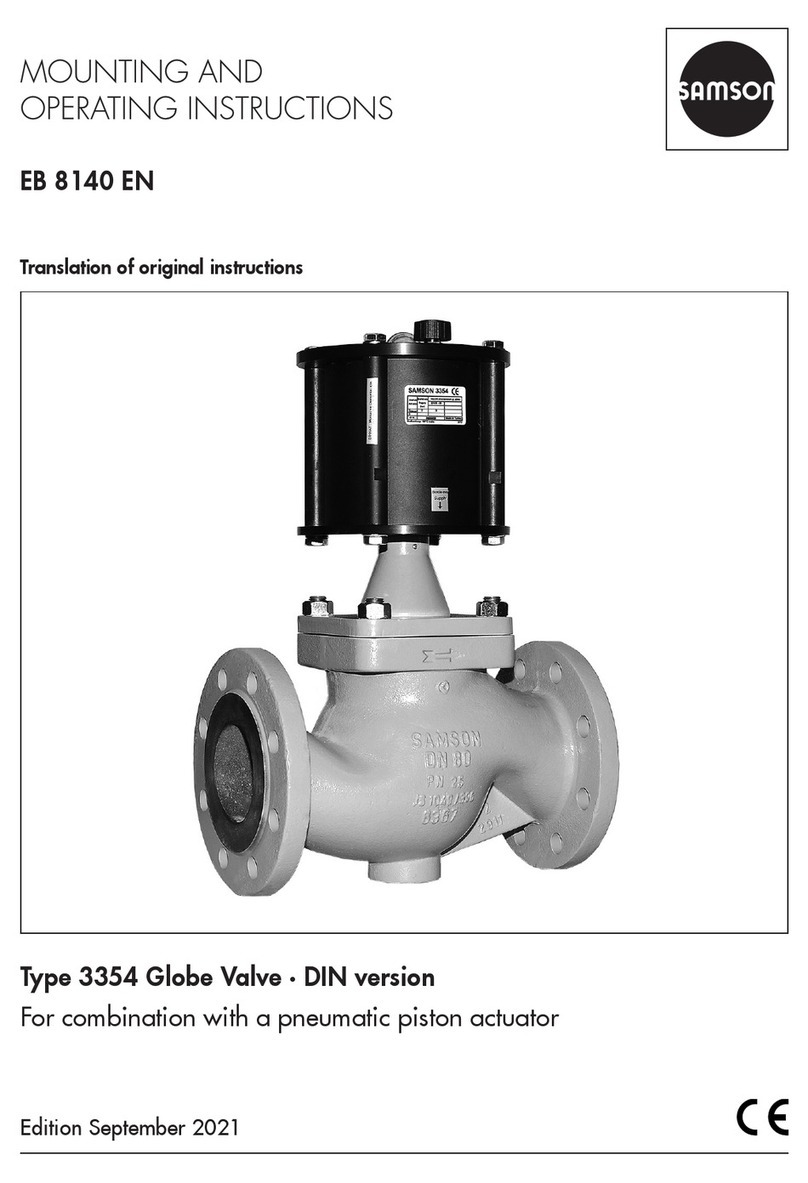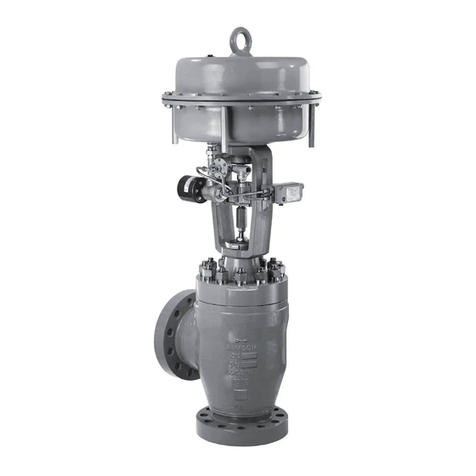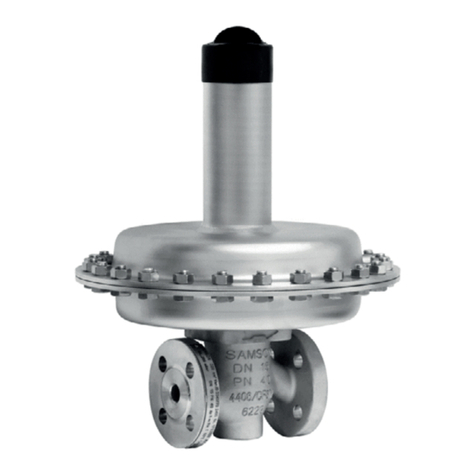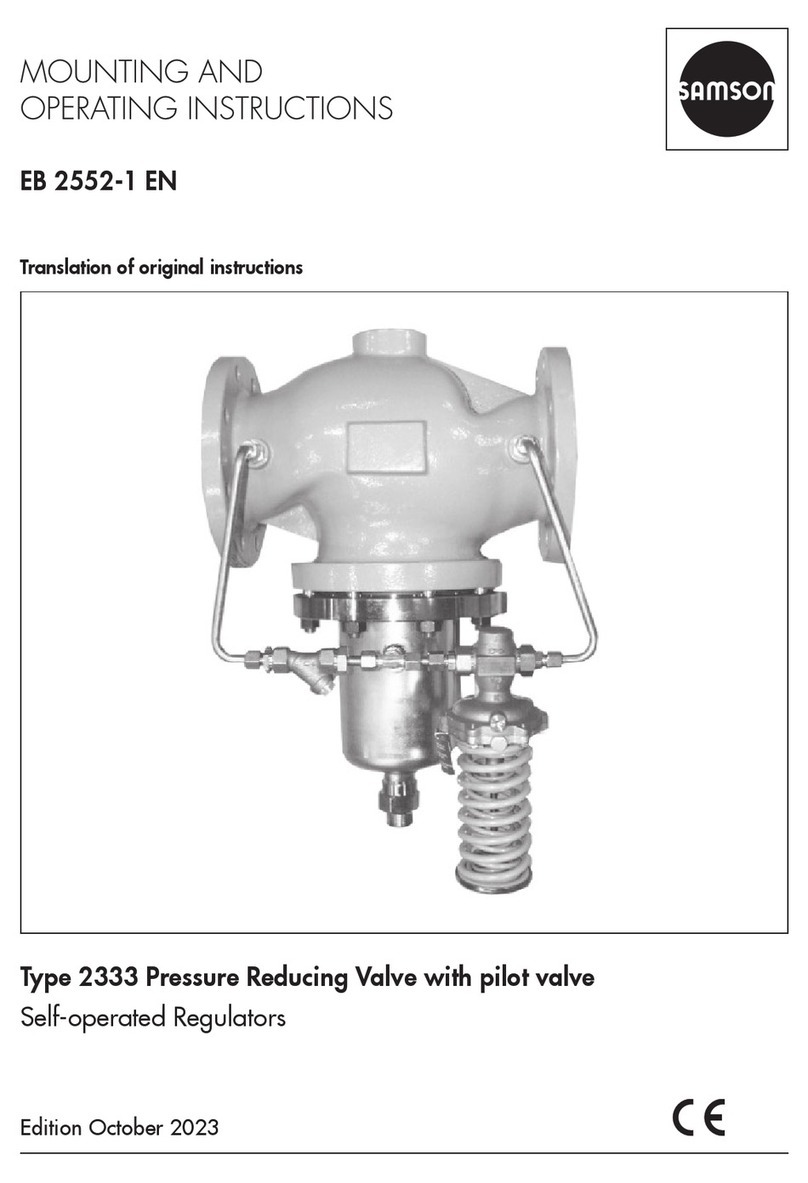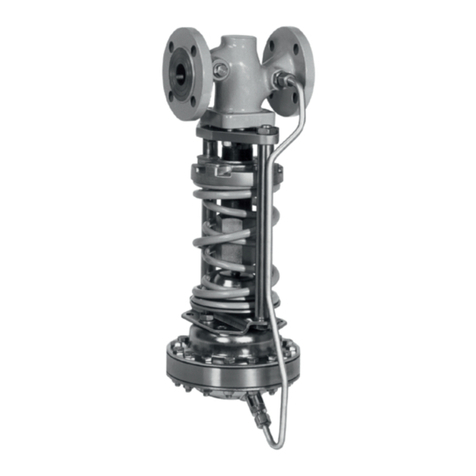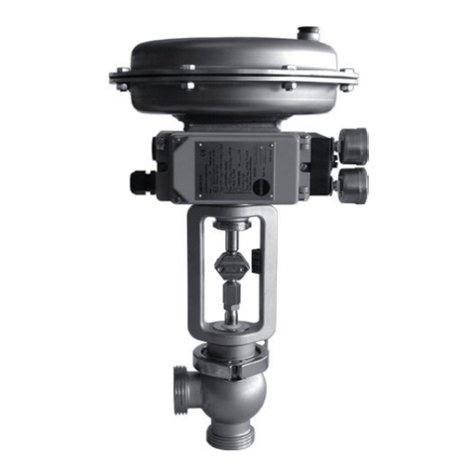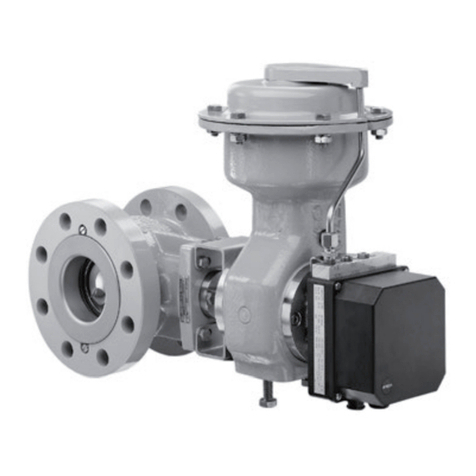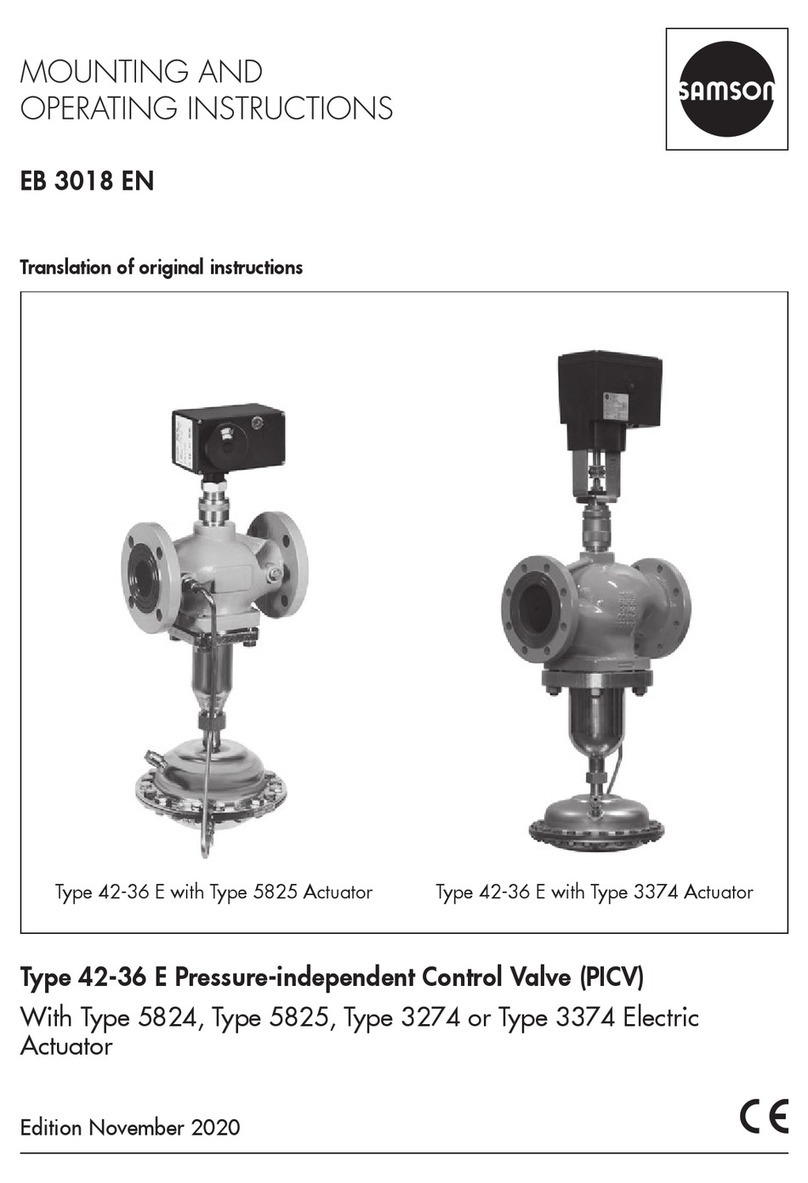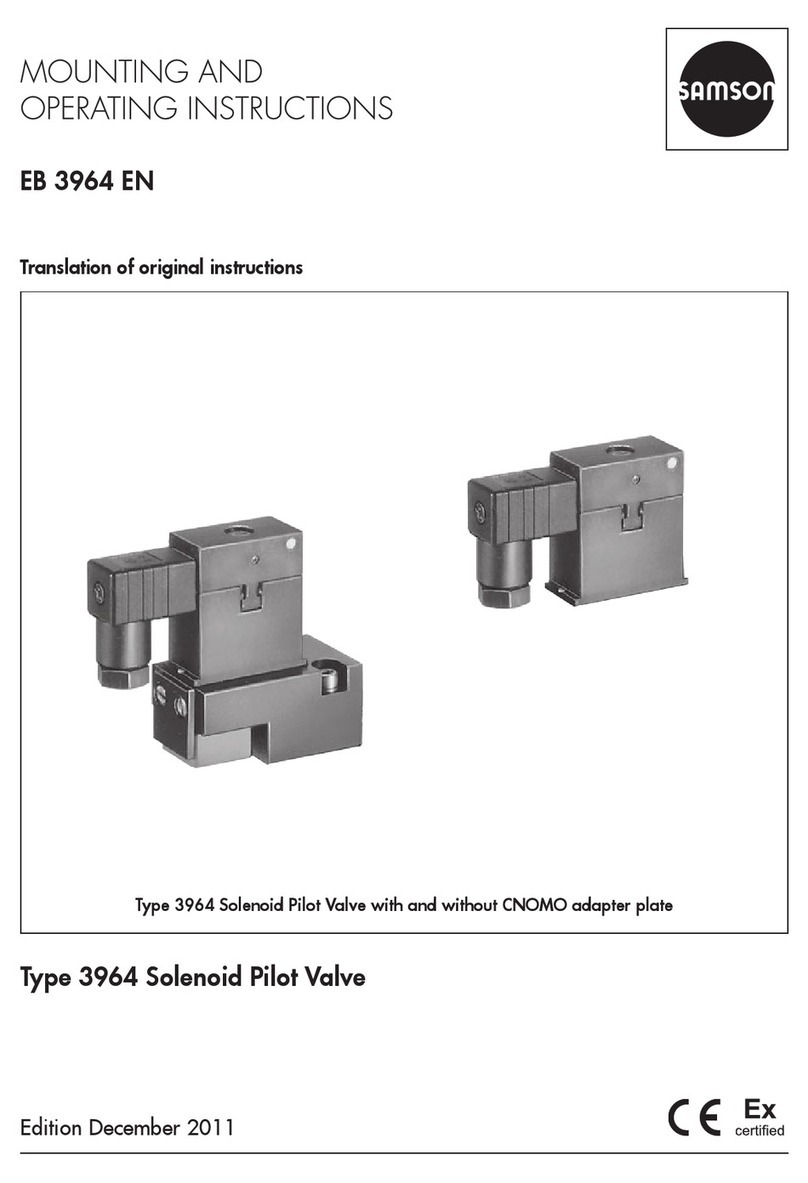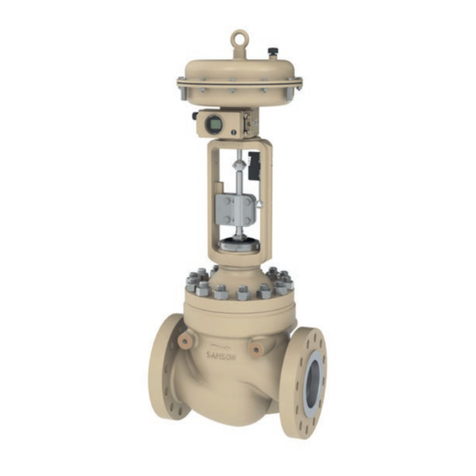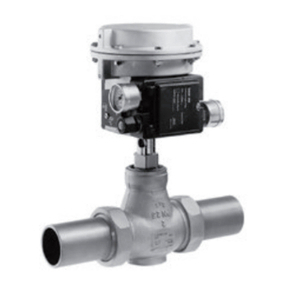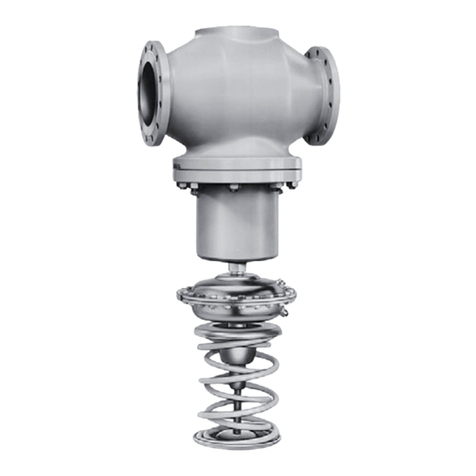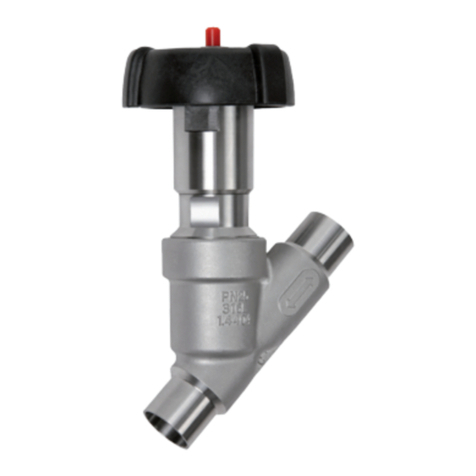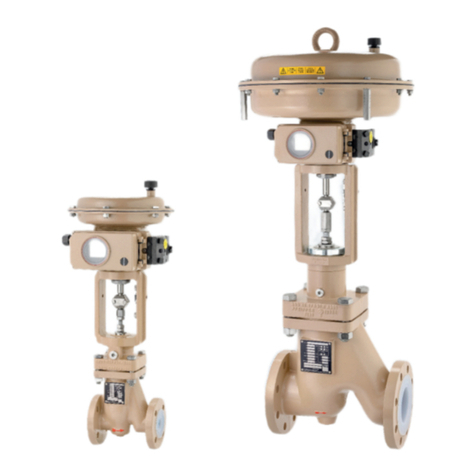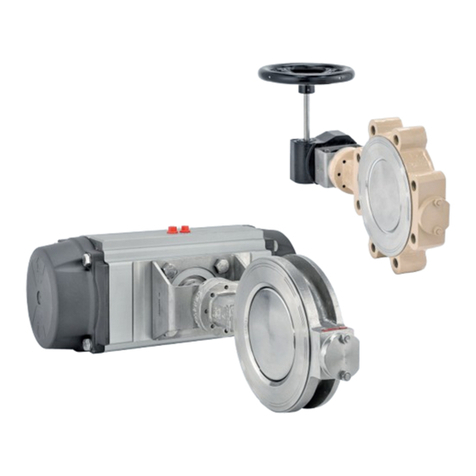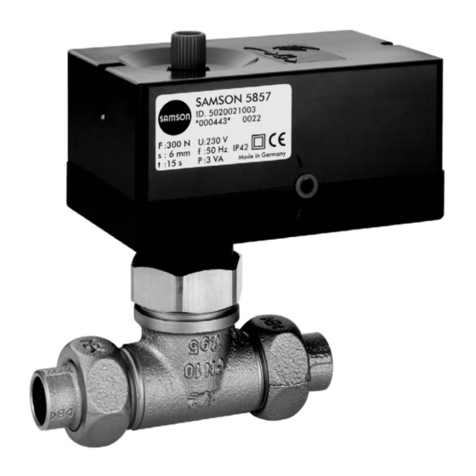
Contents
EB 8046 EN
5.4 Testing the installed valve ...........................................................................5-15
5.4.1 Leak test ...................................................................................................5-17
5.4.2 Travel motion ............................................................................................5-17
5.4.3 Fail-safe position .......................................................................................5-17
5.4.4 Pressure test ..............................................................................................5-17
6 Start-up .....................................................................................................6-1
7 Operation..................................................................................................7-1
7.1 Normal operation .......................................................................................7-2
7.2 Manual operation .......................................................................................7-2
8 Malfunctions ..............................................................................................8-1
8.1 Troubleshooting ..........................................................................................8-1
8.2 Emergency action .......................................................................................8-2
9 Servicing....................................................................................................9-1
9.1 Periodic testing ...........................................................................................9-3
9.2 Preparing the valve for service work .............................................................9-4
9.3 Installing the valve after service work ............................................................9-5
9.4 Service work...............................................................................................9-5
9.4.1 Replacing the gasket ...................................................................................9-5
9.4.2 Replacing the circulation inhibitor .................................................................9-8
9.4.3 Replacing the packing ...............................................................................9-11
9.4.4 Replacing the seat and plug .......................................................................9-13
9.5 Ordering spare parts and operating supplies ..............................................9-16
10 Decommissioning .....................................................................................10-1
11 Removal ..................................................................................................11-1
11.1 Removing the valve from the pipeline ..........................................................11-2
11.2 Removing the actuator from the valve .........................................................11-2
12 Repairs ....................................................................................................12-1
12.1 Returning devices to SAMSON ..................................................................12-1
13 Disposal...................................................................................................13-1
14 Certicates...............................................................................................14-1
15 Annex......................................................................................................15-1
15.1 Tightening torques, lubricants and tools ......................................................15-1
15.2 Spare parts ..............................................................................................15-1
15.3 After-sales service .....................................................................................15-4


